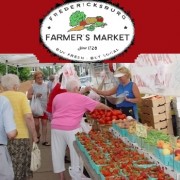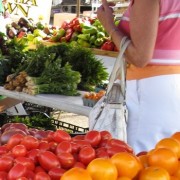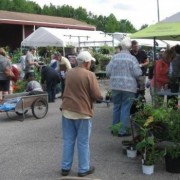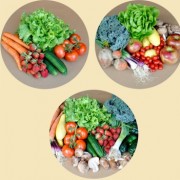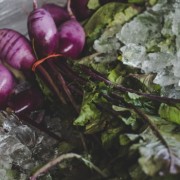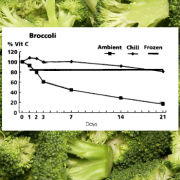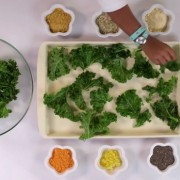Fredericksburg farmers markets
Farmers markets: A summer treat; winter, not so much
– Third in a 4-part series on Virginia farmers markets
– By Kristin Henderson, chief veggie conversationalist:
(Part 2: Northern Virginia farmers markets)
(Part 4: Richmond farmers markets)
On a sunny weekend, I love wandering past rows of beautiful fruits, veggies, and artisan fare at a farmers market, carried along by the energy of the crowd. At the one near my house, musicians are playing, artists are exhibiting, and there are lots of treats to sample. Most markets start up in the late spring as the first harvests get going. They boom in the summer and slow down again in the fall. Then over the winter, most disappear until the harvest seasons roll around again.
Fredericksburg farmers markets
The market scene in Fredericksburg gives you three farmers markets to choose from: Hurkamp Park Farmers Market, Mayfield Market, and Mary Washington Healthcare Market Express.
They’re all open-air markets. The Hurkamp Park market is open Monday through Saturday, its busiest day, and includes produce and baked goods.
The Mayfield Market is open Thursday afternoons. It specializes in flowers and plants in addition to produce.
The Mary Washington Healthcare Market Express is also open Thursdays, from late morning into the afternoon. It’s located on the campus of Mary Washington Healthcare.
Year-round availability?
The thing about farmers markets is that you can’t depend on most of them to serve as your primary source of groceries year-round. In Fredericksburg, only the Hurkamp Market is open during the winter, and even there, most of the vendors bow out until spring returns. That’s true for all the Virginia regions we’re covering in this series — the majority of markets close down over the winter, and at the ones that stay open the pickings get slim.
If you’re committed to eating local, that’s a bummer. After all, eating food that’s local, sustainable, and humane offers all kinds of benefits. It’s got more nutrients, more flavor, it’s better for the environment, and it boosts the local economy. That’s why a lot of people rely on online farmers markets like Seasonal Roots to meet their day-to-day food needs with home delivery year-round . They can hit the nearest farmers market when it’s open and they have the time, but they don’t have to depend on it.
Virginia winters are cold enough that filling any market with a variety of fresh, local produce is a challenge, no doubt about it. We can all get our hands on plenty of winter squashes, greens, and root vegetables but most people want more variety than that.
Some online farmers markets resort to offering produce that isn’t local or even regional or wasn’t grown sustainably, and they may not tell you where it’s from.
Not Seasonal Roots. During the coldest couple months of the year, what we do is offer regional produce in addition to local produce, with the source and location clearly labeled. While there’s no official definition for ‘local food’ or ‘regional food’, we consider food local if it’s grown or made within about 150 miles of where our members live. We call it regional if its outside that range but can still get to us within a day or so of harvest without flying. The rest of the year we’re 100% local, and we’re always sustainable and always humane. We’ve got a whole article on local vs regional if you want to read more.
A year-round farmers market like Seasonal Roots is more reliable for family grocery shopping, and for the farmer too. In addition to winter crops, our local farmers grow other kinds of produce sustainably in greenhouses. Their hens are still laying and their cows are still producing milk. With a little help from more southerly parts of our region, there’s always plenty of local food to get us through the winter.
But during the warmer harvest seasons, nothing beats an in-person farmers market when it comes to music, entertainment, friendly crowds, and yummy samples. There should always be a place in our lives for both kinds of markets, in-person and online!
ABOUT SEASONAL ROOTS
Since 2011, Seasonal Roots’ online farmers market has connected Virginia families with local family farmers who use sustainable, humane practices. Our veggie fairies – mostly moms who believe in living better through scrumptious, healthy eating, being kind to animals, protecting the environment, and spreading joy – home-deliver freshly harvested produce, pastured eggs, grassfed dairy and meat, plus artisan fare. We empower our members to eat better and live better with more nutritious, flavorful food that’s good for us and good for the planet. More info at seasonalroots.com.
